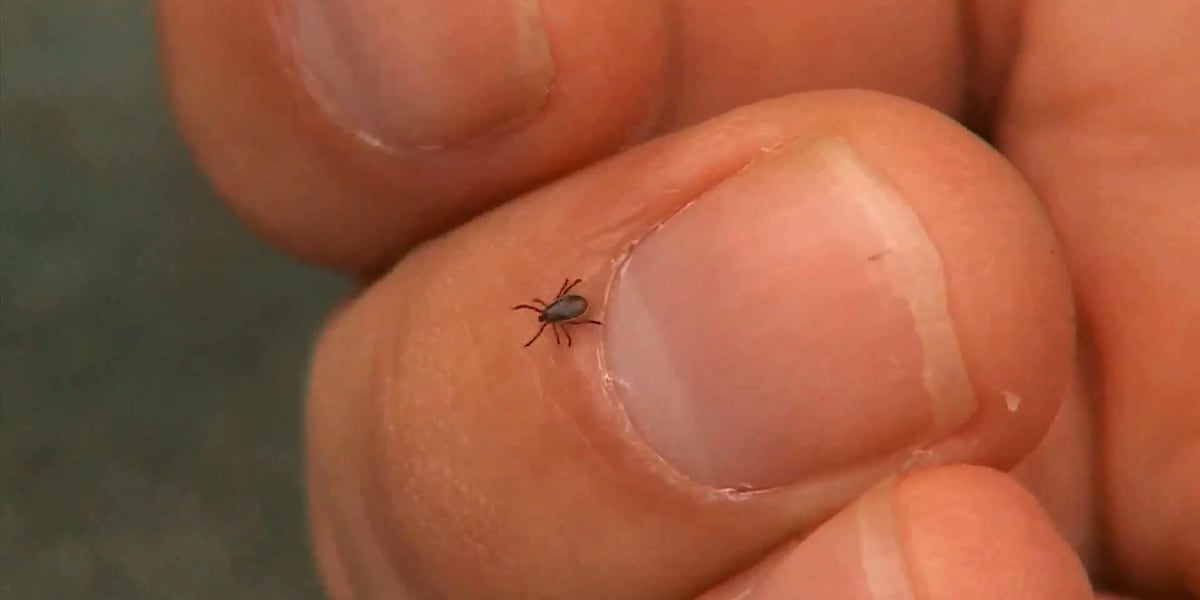Tiny Terrors Emerge: Tick Invasion Sparks Health Alarm

Beware of Tiny Travelers: Tick Season Alerts Issued by Local Health Experts
Health authorities are sounding the alarm about a potential summer health risk that could be lurking in your backyard, local parks, and hiking trails. Ticks, those tiny blood-sucking parasites, are out in full force and health officials are urging residents to stay vigilant.
These small but dangerous hitchhikers can quickly attach themselves to humans and pets, potentially transmitting serious diseases like Lyme disease and Rocky Mountain spotted fever. Experts recommend taking proactive steps to protect yourself and your loved ones during outdoor activities.
Key prevention tips include:
• Wearing long-sleeved clothing in wooded areas
• Using insect repellent with DEET
• Performing thorough tick checks after spending time outdoors
• Showering within two hours of outdoor activities
By staying informed and taking simple precautions, you can enjoy the summer season while minimizing your risk of tick-borne illnesses.
